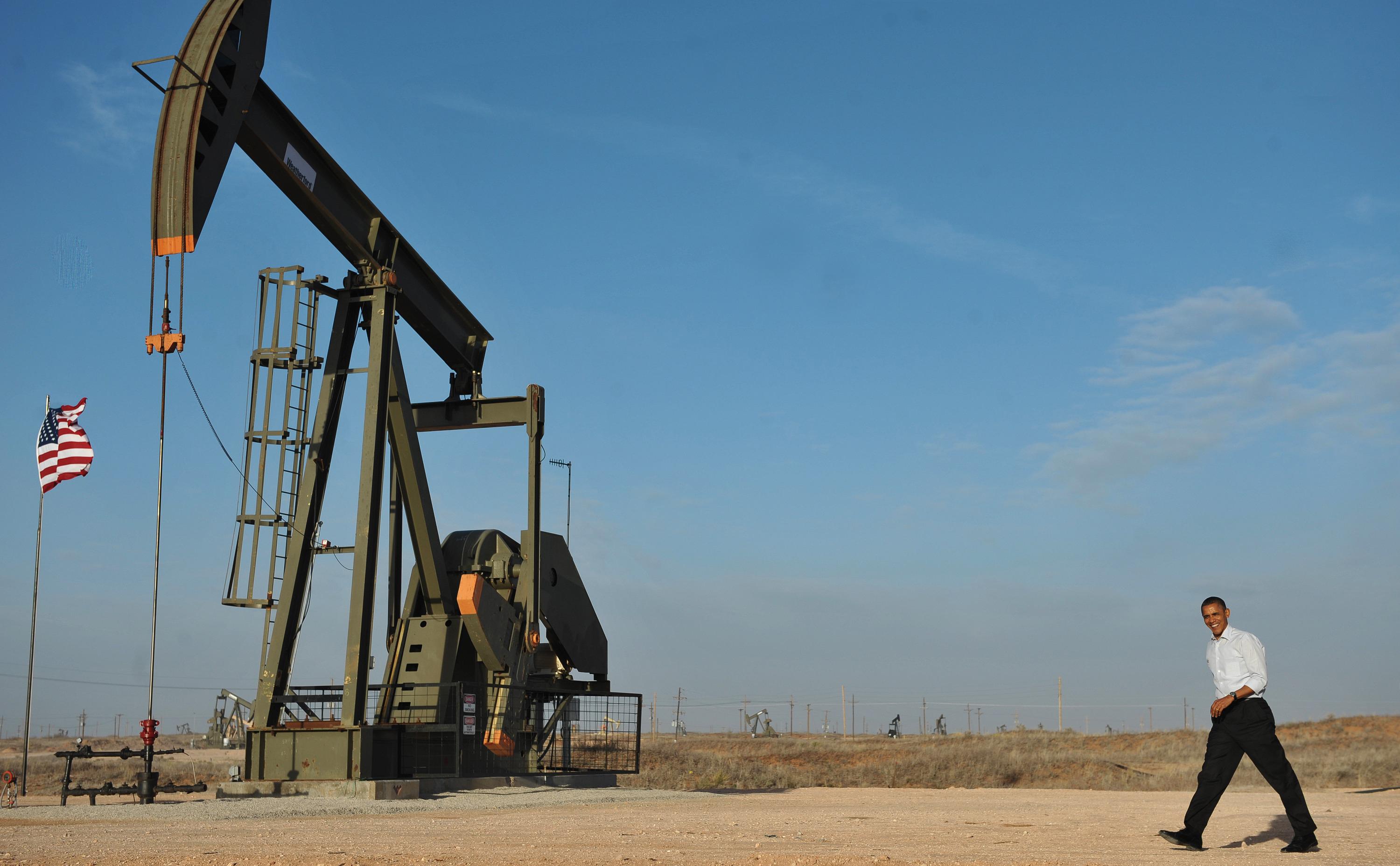The idea of “going green” in the U.S. may have picked up steam over the last decade, but so has the idea of simply pumping out more oil. While the Rockefellers—America’s first family of petroleum—may be looking to cleaner, greener pastures dotted by wind turbines and other sources of renewable energy, the U.S. as a whole is, in fact, experiencing an oil boom.
The spike in American production has been so profound the U.S. is set to displace Saudi Arabia as the world’s biggest producer of liquid petroleum. How soon are we talking? “With US production continuing to boom, its output is set to exceed Saudi Arabia’s this month or next for the first time since 1991,” the Financial Times reports. As a result, the FT notes, “imports are expected to provide just 21 percent of US liquid fuel consumption next year, down from 60 percent in 2005.”
Here’s more on America’s petroleum rush from the FT:
Riyadh has stressed that the rise of the US should not detract from its own critical role in oil markets… The US industry has been transformed by the shale revolution, with advances in the techniques of hydraulic fracturing and horizontal drilling enabling the exploitation of oilfields, particularly in Texas and North Dakota, that were long considered uncommercial. Crude prices that are high by the standards of a decade or more ago have made it profitable to use those techniques to extract oil.
US crude oil production in August was still lower than either Saudi Arabia’s, at about 9.7m b/d, or Russia’s at 10.1m b/d. The overall US leadership in petroleum is accounted for by its higher production of natural gas liquids such as ethane and propane, which have a lower energy content and are often used as feedstocks for the petrochemical industry rather than for fuel.
Still, on current trends the US is could catch up with Saudi Arabia and Russia on crude production alone by the end of the decade.
